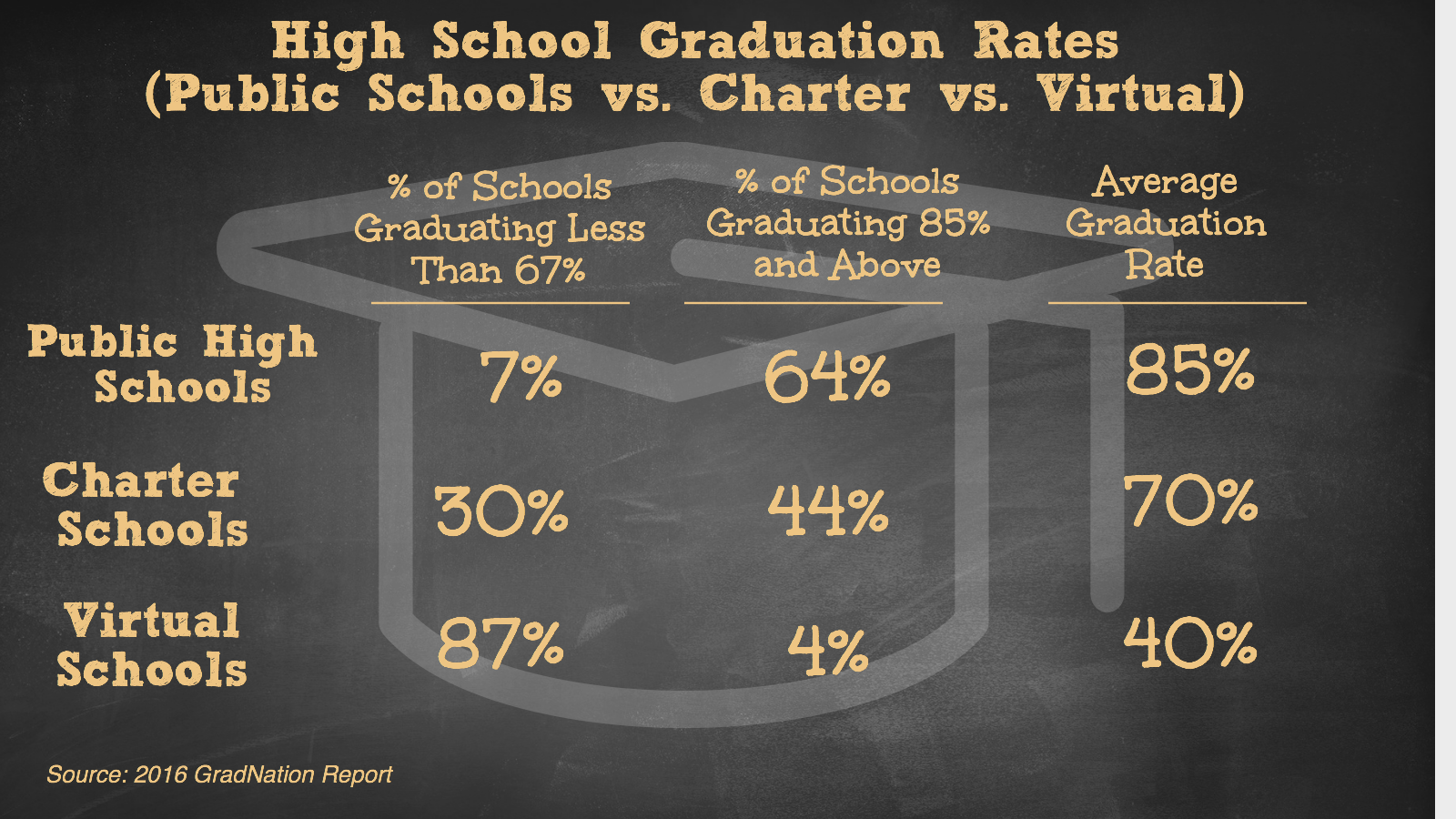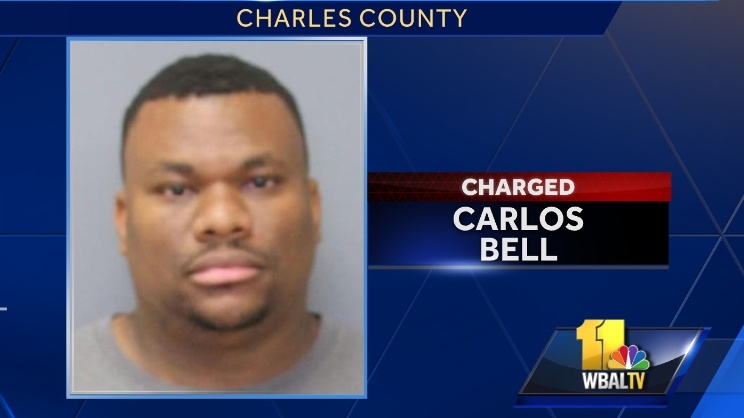By: Casey Bessemer
A child miseducated is a child lost. – President John F. Kennedy
Education secretary Betsy DeVos has recently released a proposal containing eleven priorities for the public education system. Most of the priorities concern the matter of “school choice”. DeVos is most notable on this issue for pushing for legislation that would offer alternative schooling options, such as virtual schools and charter schools. There is no controversy that children learn and develop in different ways, but there is significant controversy as to which method is the best for children. Options range from boarding school to public school, and everything in between. With DeVos’s proposals and her propensity for charter schools, we could see public education transform from an open, accountable right to a closed, opaque commodity.
The proposal itself is fairly innocuous. DeVos stated that she wants parents and students to have adequate school choice and a flexible learning system, used to promote all learning options for all children. The ideas are grand and should be applauded. The country and the world will need doctors, scientists, engineers, and poets to continue onward. It is therefore undeniably important to not only secure education for children, but a quality education, so that we can have future doctors, scientists, engineer, and poets. The current public education system leaves something to be desired, and from world rankings, we can see that the U.S. is beginning to fall behind of other nations, which means there needs to be some sort of reform. As to what this reform is, is the matter of much debate. Some say to give more funding to the current system and more comprehensive assessments, others want to scrap the whole department and start anew. DeVos has an interesting theory about what would fix this: Public charter schools.
A public charter school is more or less a combination of a public school and a private school. It uses public funds (more than a private school would, but less than a public school) in order to educate children under its own curriculum, much like a private school. It is essentially a baby step towards the privatization of public education. Public charter schools are given a wider berth in terms of curriculum, testing and general philosophy than its public school counterpart. Advocates claim that public charter schools provide as good or better teachers, provide a better education, and serve all students, regardless of race, family income, or disability, all while still being responsible to the public. However, none of these things seem to be true.
Proponents of public charter schools tout the many supposed benefits. Public charter schools have set this idea of receiving a private education at a public price. Children would get the resources and needs their learning requires and parents will not have to take a second mortgage out to fund that kind of education. Public charter schools use less public funds, thereby costing the taxpayer less each year, than traditional public schools and while still being transparent. Public charter schools are here to educate, just like public schools.
But the truth is much farther from this. Public charter schools fall far from their own ideals. Despite being the claim of using less public funds, they often require adequate public money to operate. Although they would like to promote being more prepared to help children, articles indicate that virtual charter schools graduation rates are an abysmal 48% and students returning to traditional public schools after attending KIPP, a nationwide public charter school, are often a year behind. Further, public charter school teachers may or may not be qualified to teach a subject, and they do not serve students as completely as they claim. All of these problems stem from the lack of transparency inherent in the public charter school system. The schools are under no obligation to report scores or testing, or even follow an approved curriculum. They act as, using public money for private needs. Rather what we see is nothing because it is the main issue, there is a lack of transparency between what the public charter school says it does and what it actually does.
From our government, we expect a certain level of transparency and the expectation is not unfounded. People pay taxes and want to know where and on what the money is being spent. Public charter schools, by their very nature, lack of transparency so we do not know exactly who is running the school and what curriculum is being implemented. Public charter schools have almost no accountability for our public funds, have free reign to issue a less than quality education and/or a different education than specified. Teachers in public charter schools could be teaching down to a lesser standard, instead of raising the class to where they should be. The public charter schools could be implementing a religious or special interest based curriculum, much to the chagrin of parents.
Public charter schools present a problem of an unregulated public service and this problem will be a severe detriment to children. Without regulations, without having some sort of check, how can we know the quality of the education being given? They will bear the brunt of whatever educational system we choose and this decision cannot be taken lightly. DeVos’s proposals are broad and her solution is untested and unmanageable. But ultimately, beyond the legislation and the debate, the choice is the parents. They are their child’s keepers and hold the responsibility of how their child will be educated. The fear is that parent’s only options will be subpar education, and I believe that public charter schools force the parents into this choice.
For more information please see:
POLITICO–DeVos Champions Online Charter Schools, but the Results are Poor–8 October 2017
Pew Research Center–U.S. Academic Achievement Lags that of Many Other Countries— 15 February 2017
The Washington Post–Separating Fact from Fiction in 21 Claims about Charter Schools–28 February 2015
Casey Bessemer is from Jacksonville, FL and is a graduate of the College of The Holy Cross. After working for the educational non-profit City Year, he is attending SU Law in hopes of working to improve educational legislation.

